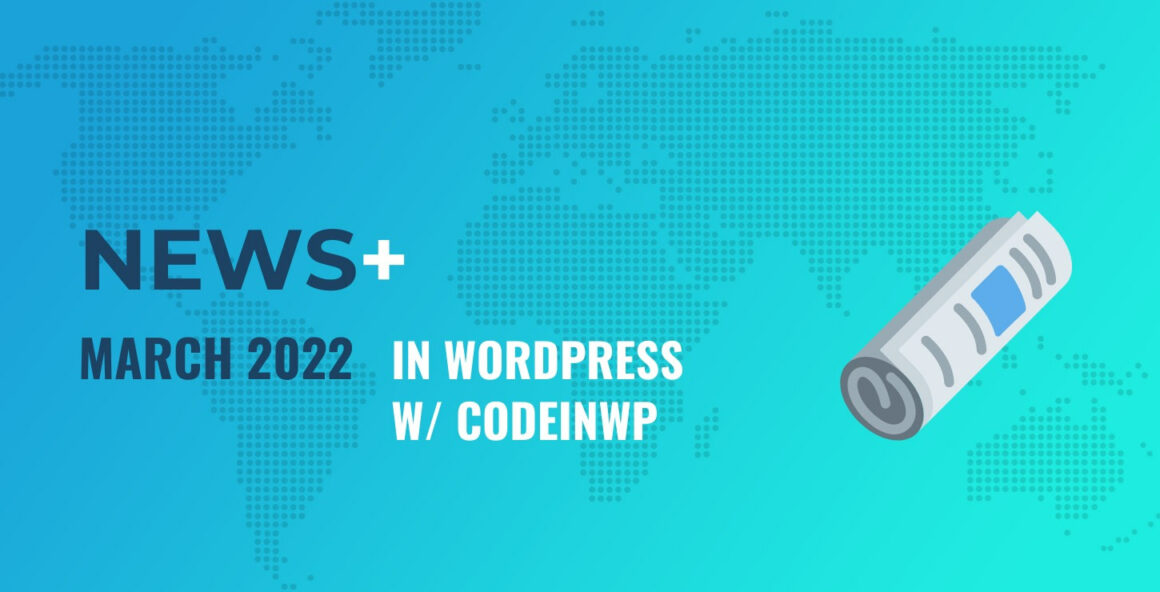In mid-February, Stanislav Khromov released a new plugin named Clarity that hides annoying dashboard nags and upsells in the WordPress dashboard. Think of it kind of like an adblocker, but specifically built for the WordPress dashboard.
It doesn’t hide all notices, but it does hide those that it deems to be outside of its “acceptable ads policy,” which you can read here.
Currently, the list of blocked notices is updated manually rather than being automated. It blocks notices by targeting the relevant CSS class/ID, which would make it fairly easy for plugin developers to circumvent if they wanted to.
If you want to give it a try, you can check out the plugin at WordPress.org. There are no settings – you just activate it, and it starts blocking notices right away.
A plugin like this generates discussion on a few important questions, with people coming down on both sides of the issue:
- Is a plugin like this even necessary? Is the situation so bad that we need a dedicated plugin?
- Is the plugin ethical? Don’t people who make free plugins deserve a chance to earn some money?
To answer the first question, I think it really depends on which plugins you use on your site.
Personally, my stack of plugins is pretty unobtrusive, so I don’t have any issues that would necessitate me to install an adblocker. On the other hand, I do know that some plugins are persistently aggressive, in which case this tool might be helpful.
I can also see a use case for people who build client sites, where developers want to deliver a clean dashboard experience and avoid confusing the end users with dashboard nags that the developer can’t control.
In terms of ethics, I don’t really see an issue. Developers certainly have a right to try to earn an income, but users also have a right to control their dashboard experiences. If developers don’t like users modifying code like this, maybe working in the open-source, GPL-licensed space isn’t the right place to be.
I’ll also say that I personally see dashboard nags as just about the most ineffective way of convincing me to upgrade to a paid version. I find it far more convincing when the developer just clearly marks “Pro” features in the interface so that I know what I’m missing out on by not upgrading.
Currently, Clarity only has 80 active installs, so it’s not exactly going to blow up the WordPress freemium plugin economy. But it will be interesting to see what happens and how it grows.
Alternatively, WordPress could improve its notification system and solve this issue so an adblocker isn’t necessary. To that end, we’ll have to see what happens with the WP Notify project – the latest update is here.
Keep reading the article at CodeinWP. The article was originally written by Colin Newcomer on 2022-03-03 14:10:54.
The article was hand-picked and curated for you by the Editorial Team of WP Archives.

